The Beach Plum (Prunus maritima) is one of those hidden gems of North America’s coastal ecosystems — a hardy, salt-tolerant shrub that produces delicious fruit and adds natural beauty to seaside landscapes. In this post, inspired by the video “Beach Plum Tree Review and Care,” we’ll explore everything you need to know about this native plant: from its history and growing habits to how to plant, care for, and harvest your very own Beach Plum tree at home.
What Is the Beach Plum Tree?
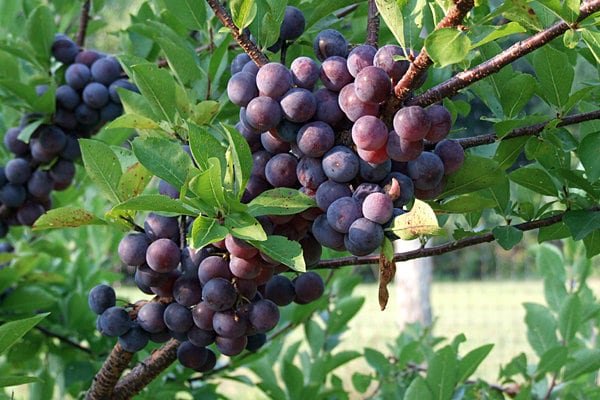
The Beach Plum, also known as the Coastal Plum, is a small deciduous shrub native to the Atlantic coast of the United States — from Maine down to Maryland. It naturally grows on sand dunes, coastal bluffs, and beaches, thriving in places where few other fruiting plants can survive.
Botanically, it belongs to the Prunus genus, which includes cherries, peaches, and almonds. Its scientific name, Prunus maritima, literally means “plum of the sea,” highlighting its unique adaptation to coastal life. Mature Beach Plum shrubs typically reach 4 to 6 feet tall, though some can grow taller in favorable conditions.
A Brief History of the Beach Plum
Native Americans were the first to appreciate the Beach Plum, using its tart fruits for jams, jellies, and winter storage foods. Later, early settlers along the eastern seaboard also began harvesting the wild fruits, especially in Cape Cod and Long Island, where Beach Plum jam became a beloved local specialty.
In recent decades, the plant has gained renewed attention from gardeners, conservationists, and food enthusiasts who value native, resilient, and sustainable crops. Today, Beach Plums are being cultivated not just for their fruit, but also for coastal restoration projects and ornamental landscaping.
Growing Beach Plum Trees at Home

One of the most exciting things about the Beach Plum is that it’s surprisingly easy to grow once you understand its preferences. Despite its coastal heritage, it can thrive inland too, as long as it’s planted in well-drained soil and full sunlight.
Here’s a step-by-step guide to help you get started:
1. Choosing the Right Location
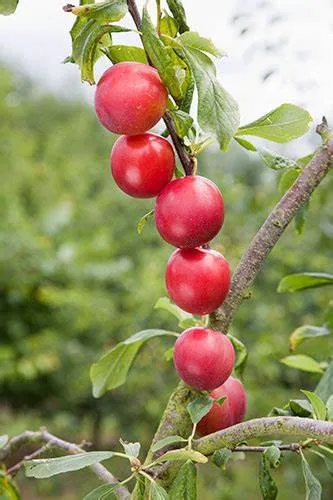
Beach Plums love sunny, open spaces and poor, sandy soil. Unlike many fruit trees that require rich, loamy soil, this plant actually performs better in dry, well-drained conditions. Avoid waterlogged areas — excess moisture can lead to root rot.
If you’re gardening inland, try to replicate its natural environment: a spot with good airflow, minimal shade, and slightly acidic soil.
2. Planting Beach Plums
You can start Beach Plums from seeds, cuttings, or nursery plants. If using seeds, they require cold stratification — about 3 months of chilling to break dormancy. This mimics the natural winter period they experience outdoors.
Transplant young Beach Plum shrubs in spring or early fall, spacing them 4–6 feet apart. Water them thoroughly at planting time to help establish the roots, then gradually reduce watering once the plant settles in.
3. Watering and Soil Care
Beach Plums are drought-tolerant once established, but consistent watering during their first year helps promote strong root growth. Afterward, they can survive on minimal irrigation, especially in sandy soils that drain quickly.
A thin layer of mulch or sand around the base can help retain moisture while keeping weeds down — just be sure not to pile it against the stem.
4. Fertilizing Needs
One of the best things about Beach Plum trees is that they require very little fertilizer. Too much nitrogen can encourage leafy growth at the expense of flowers and fruit. If your soil is particularly poor, a light top-dressing of compost in spring is sufficient.
5. Pruning and Shaping
Beach Plum trees have a naturally attractive, rounded or vase-shaped habit. Pruning is minimal — mainly to remove dead, damaged, or crossing branches. You can also lightly thin the plant to increase airflow and sunlight penetration, which helps fruit ripen evenly.
6. Pollination
Most Beach Plum varieties are not self-pollinating, meaning you’ll need two or more genetically different plants for good fruit set. Bees and other pollinators play a major role, so having a diverse, pollinator-friendly garden nearby will help ensure successful pollination.
Beach Plum Flowers and Fruit
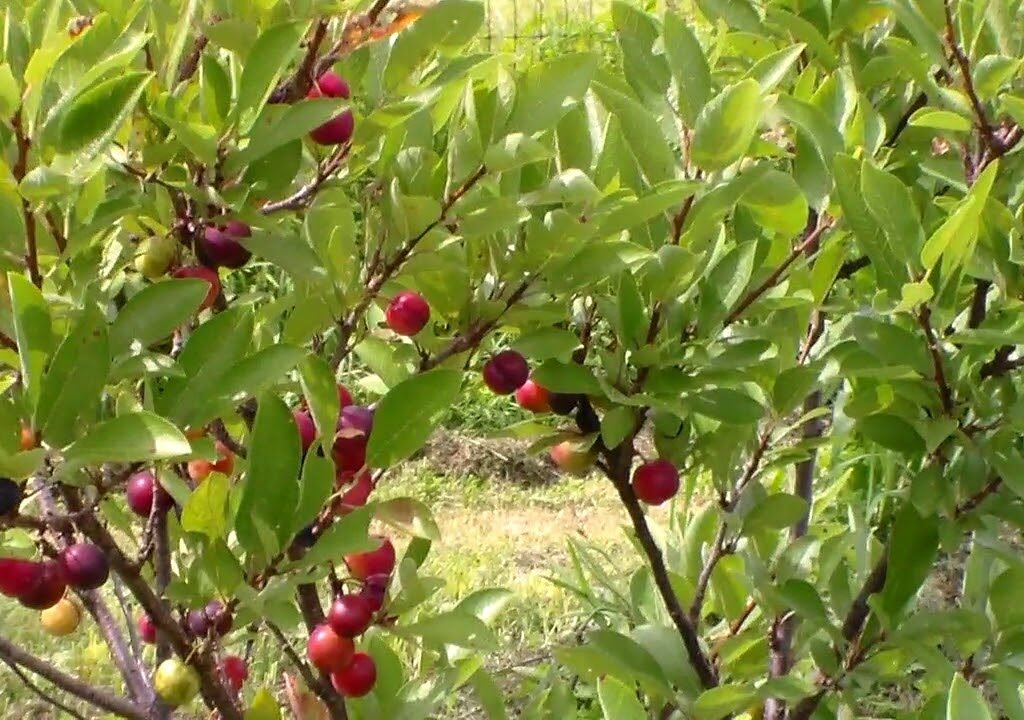
In spring, the Beach Plum bursts into life with clouds of white blossoms, attracting pollinators and adding beauty to your garden. These flowers are followed by small, round plums that ripen from late August to September.
The fruits are typically about ½ to 1 inch in diameter, ranging in color from deep purple to red, sometimes even yellowish. They’re tart when raw, but when cooked or sweetened, they develop a rich, jammy flavor that’s been compared to wild cherries or cranberries.
Harvesting and Using Beach Plums
Harvesting usually begins when the fruits are fully colored and slightly soft to the touch. Wild foragers often note that timing is everything — pick too early and the plums are sour; too late and birds or raccoons might get them first!
Here are some delicious ways to enjoy Beach Plums:
- Beach Plum Jam or Jelly – The classic preparation that made this fruit famous.
- Fruit Syrups and Sauces – Perfect for pancakes, yogurt, or ice cream.
- Wine and Liqueurs – Fermented Beach Plum beverages are a coastal delicacy.
- Baked Goods – Add them to muffins, tarts, or pies for a unique, tangy twist.
Their flavor is distinctive — sweet, sour, and slightly salty, reflecting their maritime heritage.
Ecological and Landscape Benefits
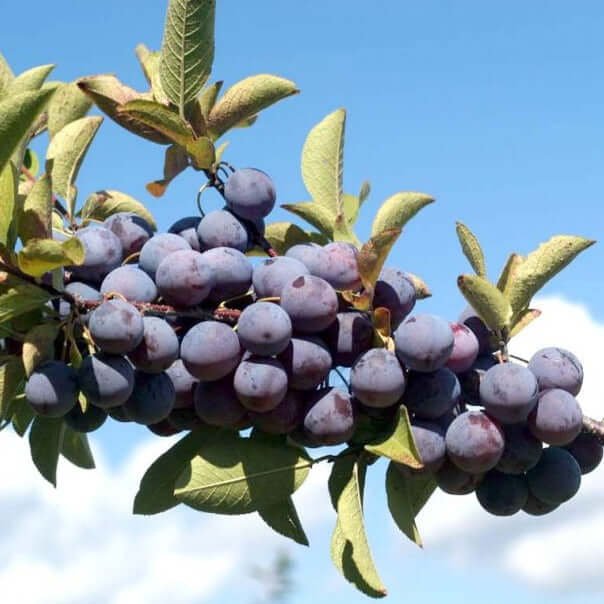
Beyond its fruit, the Beach Plum offers numerous ecological benefits. Its dense root system helps stabilize dunes and prevent erosion, making it valuable for coastal restoration. The flowers attract pollinators like bees and butterflies, while the fruits feed birds and wildlife.
In home landscapes, it serves as a low-maintenance ornamental shrub that adds year-round interest:
- Spring brings blossoms,
- Summer brings green foliage and ripening fruit,
- Fall delivers vibrant color,
- Winter showcases its textured branches.
Container Growing and Greenhouse Cultivation
If you don’t live near the coast or lack garden space, Beach Plums can also be grown in containers. Choose a large pot with good drainage and use a sandy, well-aerated soil mix. Place it in a sunny location, and water when the top few inches of soil dry out.
In colder climates, containers can be moved to a greenhouse or protected area during winter. Although Beach Plums are hardy (USDA Zones 3–8), potted plants are more vulnerable to root freezing.
Pests and Problems
Beach Plums are generally hardy and pest-resistant, but occasionally you may encounter:
- Tent caterpillars or aphids, which can be controlled with insecticidal soap.
- Brown rot, a fungal disease that affects fruit — prune for airflow and avoid overhead watering.
- Birds, which love the ripe fruit! Use netting if necessary during harvest season.
Why You Should Grow Beach Plum Trees
If you’re looking for a native fruit tree that’s beautiful, resilient, and rewarding, the Beach Plum is an excellent choice. It brings together ecological value, ornamental appeal, and delicious fruit — all with minimal maintenance.
Whether you live by the coast or inland, this shrub adapts gracefully to challenging soils and weather conditions, making it a standout addition to any garden.
Final Thoughts
The Beach Plum Tree is much more than a coastal curiosity — it’s a symbol of resilience and natural beauty. From its windswept dunes to your home garden, this plant carries a sense of place and history that few others can match.
With a little care and patience, you can enjoy not just its blossoms and fruit, but also the satisfaction of growing a true American native that connects you to centuries of coastal life and culinary tradition.
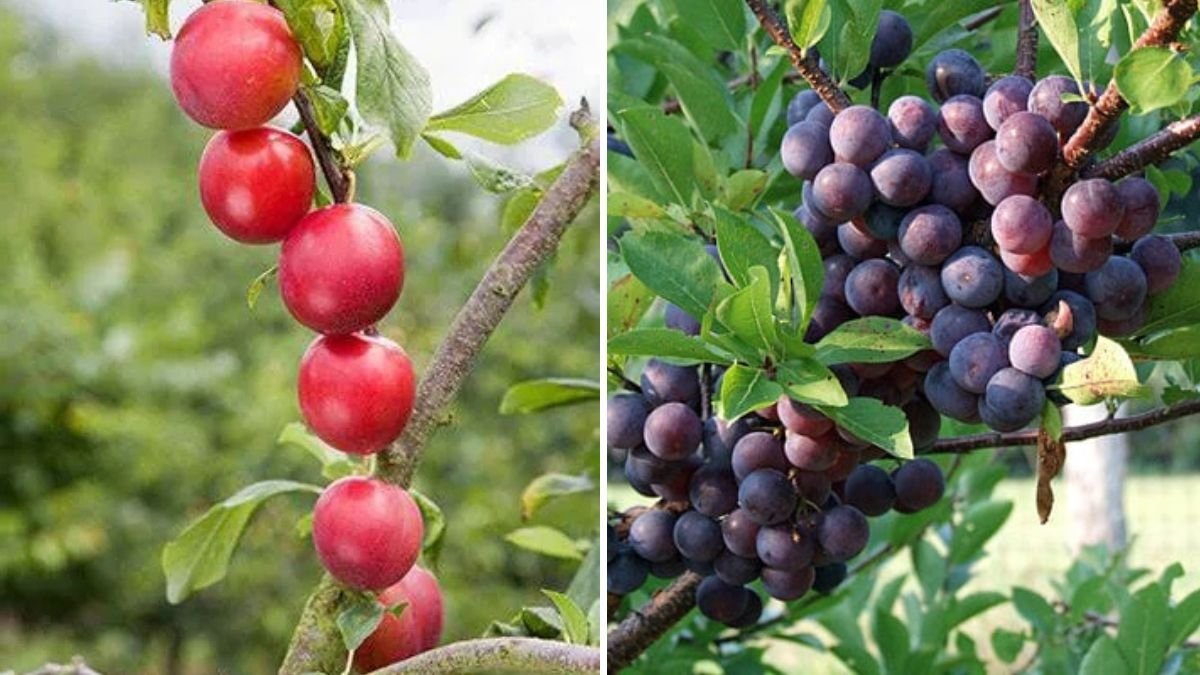

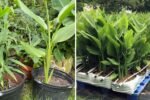



Leave A Comment